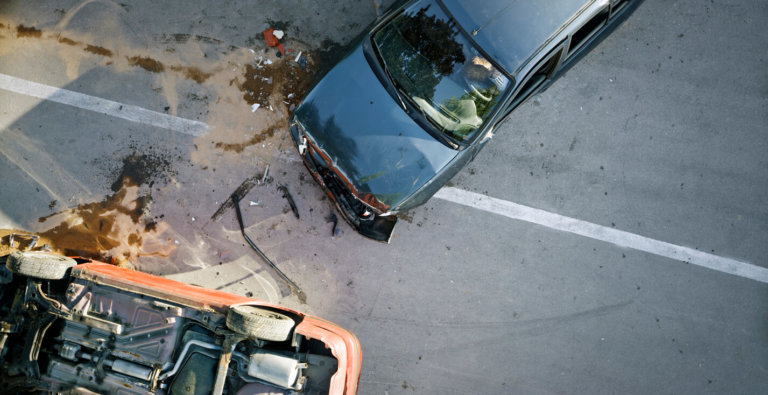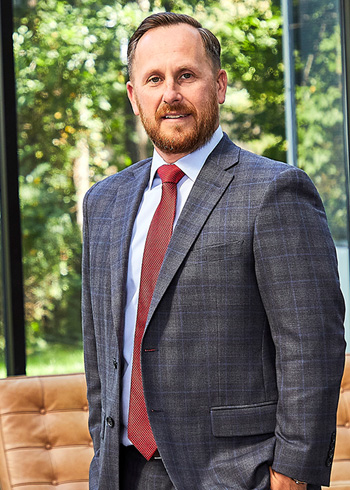If you’ve been injured in an accident, you may be wondering what the next steps are. The first step is to ensure your physical and emotional injuries are being tended to. When you are able, it’s time to ensure your rights are protected.
When working with a New Jersey personal injury attorney, you might hear them talking about reconstructing your accident. In this post, we discuss what accident reconstruction is, who does the reconstruction, and how it can benefit your case.
What is Accident Reconstruction?
Accident reconstruction is the process of analyzing a traffic collision to determine how it occurred. The goal is to identify all vehicles involved, and assign fault for the crash as well as provide information about who was injured. This investigation can be used in criminal court proceedings or civil cases such as personal injury claims for damages due to an automobile accident.
Accident reconstruction is a specialized field of engineering and science that uses mathematical equations, physics, and engineering principles to recreate what happened in an accident. Accidents can be reconstructed through the use of physical evidence such as smashed glass or bent metal; computer simulations; crash test dummies; and by using other methods that involve mathematics and physics.
Accident reconstruction can provide clues as to what happened during your accident and how it occurred. It can provide valuable information for your personal injury case, which will help us build a strong argument to get you compensation.
Who Does Accident Reconstruction?
Accident reconstruction is done by accident reconstructionists. An accident reconstructionist is a professional who uses scientific methods to recreate an accident in order to determine the cause of an injury. This may include determining speed, the position of vehicles, and braking patterns. They will then use this information to help determine liability for the accident.
Accident reconstructionists are important because they provide evidence that can be used in court to prove your case.
How Do Accident Reconstructionists Determine Fault in an Accident?
The reconstruction of an accident is a process that typically begins with the collection and analysis of data, such as witness statements, photographs, videos, and physical evidence. The reconstructionist will then recreate the event using specialized software to determine how it might have happened. This can be done by taking measurements from photos or video footage and using computer software to create a simulation of what may have occurred on site.
The expert’s testimony at trial should be informative and serve as a constructive guide to the jury. The qualified expert, when presenting their opinions in court, must meet standards set forth by Daubert such as testing for reliability with appropriate maintenance of standard controls and known potential rate of error.
You’re Not Alone
Motor vehicle accidents can be devastating. They often leave the victim with severe physical injuries, emotional scars, and financial difficulties. If you’re a victim of a personal injury accident and need help navigating your case, contact an experienced New Jersey personal injury attorney for a free consultation today! Get in touch with our office today.

